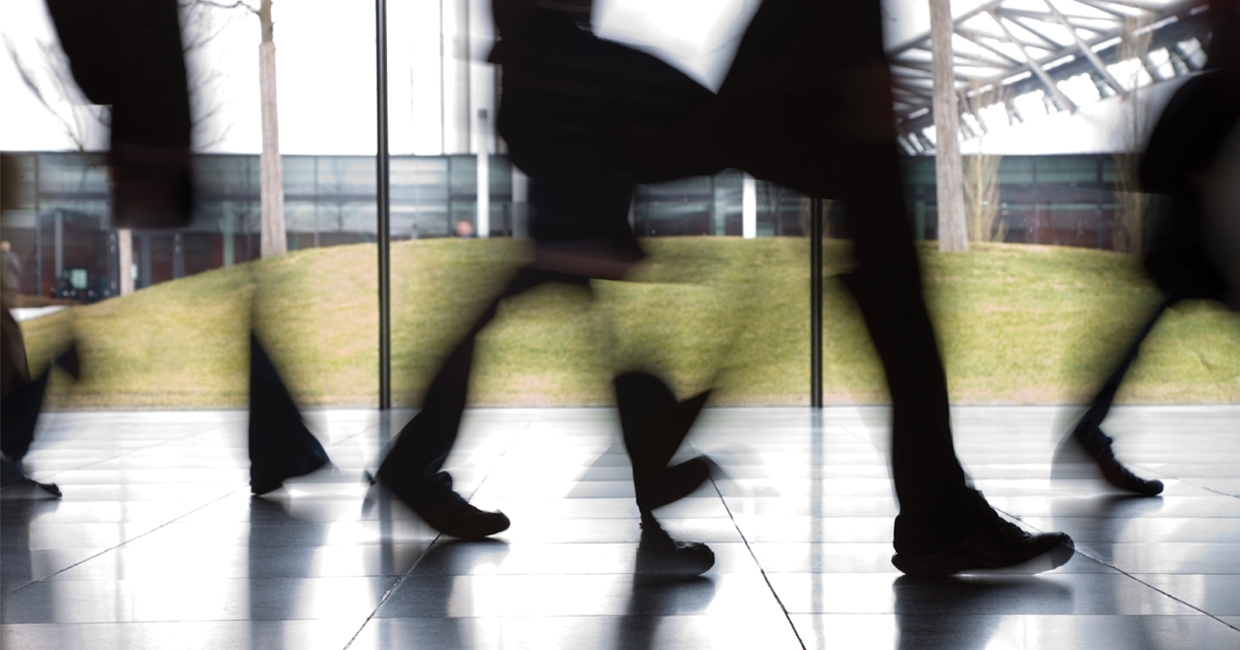UK retail footfall in February was 1.1% down on a year ago – lower than the 1.2% rise seen in January and the three-month average rate of -0.8% – according to the latest BRC/Springboard Footfall and Vacancies Monitor.
Footfall in retail park locations increased 2.5% year-on-year, down from the 5.2% rise in January. High streets and shopping centres reported a decline in February, falling 2.9% and 0.6% respectively.
The South-west and Greater London were the only regions to report a rise in footfall – up 0.4% and 0.2% respectively on a year ago. Notable declines were seen in Northern Ireland and Scotland, which fell 5.1% and 3.1% respectively.
Helen Dickinson OBE, BRC chief executive, comments: “While footfall last month eased down a touch in both year-on-year and three-month totals, these relatively tepid figures do not fully reflect the changing nature of retail as an industry. Retailers are competing with each other harder than ever. The business of retailing is increasingly complex as technology continues to drive changes in the way we shop.
“Recent policy announcements, in particular the National Living Wage and the introduction of the apprenticeship levy, will increase the pace of some of these changes as well as the cumulative burden faced by retailers. We hope that the Chancellor in his forthcoming Budget will recognise both the burdens facing retailers as well as our importance to the UK’s economy and communities. The Government must support retailers to allow us to continue to invest and play our part in a strong recovery.”
"An increase in footfall of 2.5% in retail parks reflects strong furniture and household goods sales"
Diane Wehrle, marketing and insights director for Springboard, adds: “The drop in footfall again last month is consistent with long-term underlying trends identified by Springboard from tracking activity across destination types, geographies and time periods. Visits are becoming increasingly focused out of town and in the early evening, with footfall after 5pm rising since January 2014 whilst dropping during the daytime period. The '5pm to 8pm' social period are becoming important trading hours, with spend focused towards hospitality and leisure, and destinations with a buoyant restaurant offer, providing the right environment and price points make out-of-home dining and socialising easy, attractive and affordable.
“The results last month typify this underlying change. The drop in footfall across the UK was driven by the decline of 2.9% in the high street, seemingly due to the tough retail trading environment, although an increase in footfall of 2.5% in retail parks reflects strong furniture and household goods sales. A closer look at high street footfall in February reveals a 0.2% uplift during the early evening period, whilst footfall during daytime hours dropped by 3.9%, a strong indicator that visits to retail destinations are becoming about more than just retail. All indicators are pointing to the need for retail to harness this momentum and encourage convergence – blending of offer and opportunity – and position it equally alongside the three retail necessities of choice, customer service and convenience.”
Hannah Maundrell, editor-in -chief at www.money.co.uk, comments: "Last months’ bad weather meant would-be customers stayed at home and shopped online instead. There’s no denying that surfing the web can be very satisfying for bargain hunters and, let’s face it, the choice is huge compared to what you can find in the shops.
“Traders on the high street have their work cut out for them and need to provide something truly special to attract people back through their doors. Promoting excellent staff knowledge and hammering home that advice on purchases is more valuable than rock-bottom prices will go some way to help. Expert staff might not be so easy to afford once the new Minimum Living Wage kicks in though, and hard-pushed businesses may opt for younger, less experienced staff to save money.”









